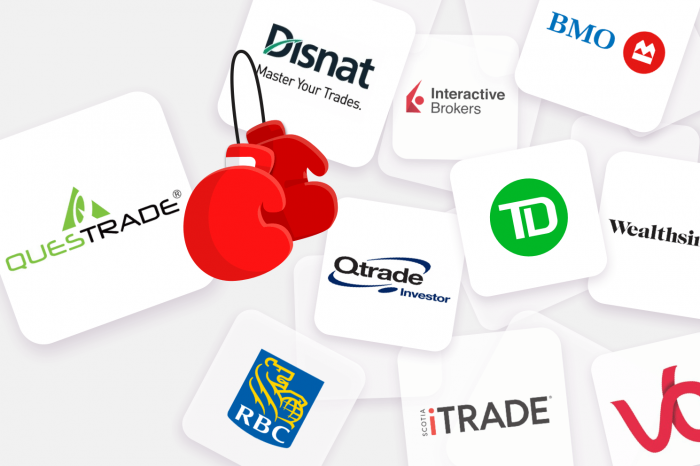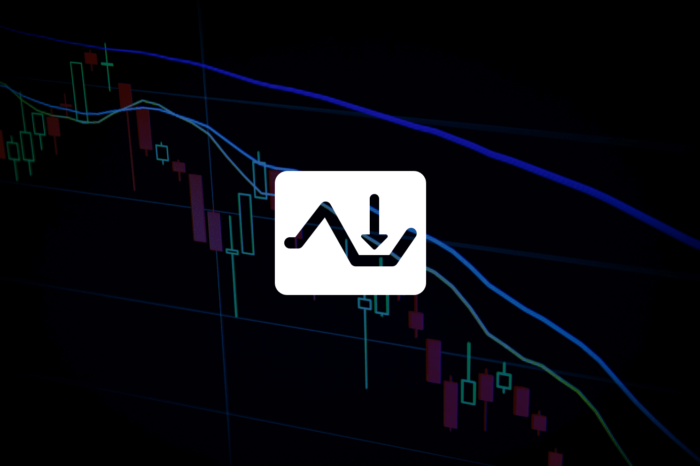Battle of the Canadian Stocks, Which is better to Play a Particular Space?

The Beatles or the Stones? London or Paris? Steak or salmon?
Often, an investor wants to play a particular space, whether it’s banking or utilities, but can’t decide between two similar stocks. Which is better? Here, we face-off common pairs of stocks, comparing dividend growth, earnings potential, time horizon and other factors to help you decide.

CP vs. CN
Until Canada builds another pipeline, Canadian Pacific (CP-T) and Canadian National Railway (CNR-T) will hugely benefit from crude by rail. Both rails are expected to increase a whopping 20% in shipping more oil in Q3, and it is already shrinking the gap between the price of Western Canadian Select (the oil sands) and West Texas Intermediate. The prevailing wisdom is, as long as the economy does well, so will the rails.
James Telfser expects strong dividend growth and balance sheets from both CP and CN. In the past 12 months, however, CN’s stock price has outpaced CP’s, 30% vs. 10%, but CP was the only rail to report higher intermodal volume growth in mid-June, rising 5.8% year-over-year. Also John Zechner (who owns CP) likes its potential growth in shipping north-south to the States, its lower valuation, and the fact that CP is less dependent on commodities. Also, CP just reported record Q2 earnings of nearly $2 billion.
The winner: CN Analysts such as Ryan Bushell and Bruce Campbell (of Campbell and Lee), give CN the edge because it ships more north-south—giving it greater American exposure—as opposed to CN, which transports more east-west. Though valuations for both rails are high, Brian Madden suggests picking up CN during a pullback. Further, CN pays a 1.73% dividend yield, while CP distributes 1.03%. Overall, both rails are recommended. Lyle Stein is splitting hairs over which one to choose.

Royal vs. TD
Hands down, Royal Bank (RY-T) and Toronto Dominion (TD-T) are the two most-recommended banks among Canadian investment analysts. True, all the Canadian banks have gone sideways in the past year as interest rates have flattened, but they remain long-term holds due to their consistent dividends and the oligopoly they enjoy. Both are good for RRSP accounts.
Brian Madden likes RY—the largest bank in the land and one of the 10 biggest worldwide—for growing earnings 6-7% year-over-year (as of mid-June) and operating the largest wealth management business in Canada. Christine Poole adds that 23% of RY’s earnings come from the U.S. Also, RY is trading below historic multiples, and she expects the dividend to increase from its current 3.91%.
TD is attractive for its strong American exposure, say Richard Croft and David Burrows. Ross Healy notes that TD’s balance sheet rises 7-8% annually, and Brian Madden praises its 10.4x earnings multiple. Add to that its near-3.9% yield. At 2.29% YOY, RY’s stock price has outrun TD’s 0.84%, but TD has outperformed RY in the past six months at 7.6% vs. 6.0%.
The winner: TD Another close call, and an investor can’t go wrong owning either. Earnings growth and dividend yields are virtually the same, but TD has a stronger U.S. presence. Kash Pashootan explains that TD is a play on the American economy. In fact, it will continue to gain market share in the U.S. whose economy he expects to outperform Canada’s in the near future (though the U.S. is not going gangbusters either). (Disclosure: I own both stocks)

Manulife vs. Sun Life
Flat interest rates in Canada are limiting the stock performance of the lifecos. Not only that, but Manulife Financial (MFC-T) has been suffering some bad headlines though it won a Saskatchewan court battle last March and overcame an associated threat from an American short-seller. So, is MFC out of the woods?
Manulife trades at 9-10x earnings and pays a robust 4.14% dividend yield. Bruce Campbell (of Campbell and Lee) forecasts future dividend and earnings growth, particularly in MFC’s Asian operations. Similarly, John Zechner applauds MFC for its international growth beating all other Canadian insurers. However, John Kim shares the frustrations of other MFC shareholders over. MFC tried many times in the past year to break $25 and return to $27, last seen in fall 2017. Kim says MFC is a show-me story. It needs to right the ship on its U.S. annuities which is in progress. Last month, Manulife partnered with an Indian financial services company that will take time to benefit MFC’s bottom line. And, as mentioned, MFC will benefit from higher interest rates. Michael Simpson owns both, because they are growing their global operations nicely, but he is adding more to Manulife now.
In contrast, Sun Life Financial (SLF-T) has kept a low profile. Jim Huang applauds it for being very conservative and taking little risk over the years. SLF boasts low volatility, but it offers little growth. Stan Wong disagrees, forecasting 10% annual growth. Last month, SLF announced it was expanding deeper into wealth management. Its Asian operations, reports Paul Harris, are growing in the double digits and account for 10% of overall revenues. Michael Sprung likes SLF for its excess capital. SLF pays a 3.82% dividend yield, slightly lower than MFC’s. In the past six months, MFC stock has edged out SLF, 15.8% vs. 14.4%, but in the last year, SLF has outperformed MFC, rising 3.33% vs. 2.05%.
The winner: SLF Sun Life wins because it suffers less volatility. In contrast, Manulife continues to frustrate shareholders by consistently meeting or beating earnings expectations, yet staying below $25 a share. That said, MFC has the potential, says technical analyst Keith Richards, to reach $30 if it breaks above $25. For now, steady eddy SLF is the safer bet. (Disclosure: I own MFC)

Magna vs. Linamar
Cars and auto-parks makers are facing the end of the econimcal cycle, declining sales and U.S. trade wars. Javed Mirza suspects Magna International (MG-T) is entering a bearish period after dipping below support at $60, which is only $3 shy of its 52-week low. Barry Schwartz expects growing emerging markets will feed car demand, but Magna overpaid on a Chinese acqusition and had a poor Q1. However, Magna generates a lot of cash and he expects them to buy back a lot of shares. He’s still a fan. In contrast, Christine Poole is staying away because Magna recently lowered its guidance due to a European slowdown, and Brian Madden sold his stake given how Magna’s Chinese partnership has underperformed. At least MG pays a decent dividend of 3.08%.
Veronika Hirsch finds Linamar (LNR-T) trading at ridiculously cheap levels, barely 5x PE, but remains on the sidelines because of the macro reasons stated above. Darren Sissons agrees and also worries about the rise of self-driving cars, but he applauds LNR’s long track record in performance and dividend growth. Eventually, the car sector will recover, he reasons, so buy LNR now and watch it rise long term. But as you wait, you’re paid only a 1.06% dividend yield.
Both charts are in the red, though Magna is performing slightly better than Linamar’s at -24% in the past 12 months vs. -27%. Neither are boasting over.
The winner: MG It’s really a hollow victory, unless you believe that car sales will leap in the near future. MG wins this round because of its higher dividend and share buybacks. Buying either company will be long-term stories.
You can invest in these recommendations yourself at Questrade, Canada’s leading discount brokerage. Questrade does not charge annual account fees for self-directed accounts, using their fast, free and easy-to-use platforms for mobile, desktop and web trading. Make informed decisions with powerful research, evaluation and monitoring tools. Or, get a diversified low-fee portfolio managed by a team of experts so you can get to your goals faster.







